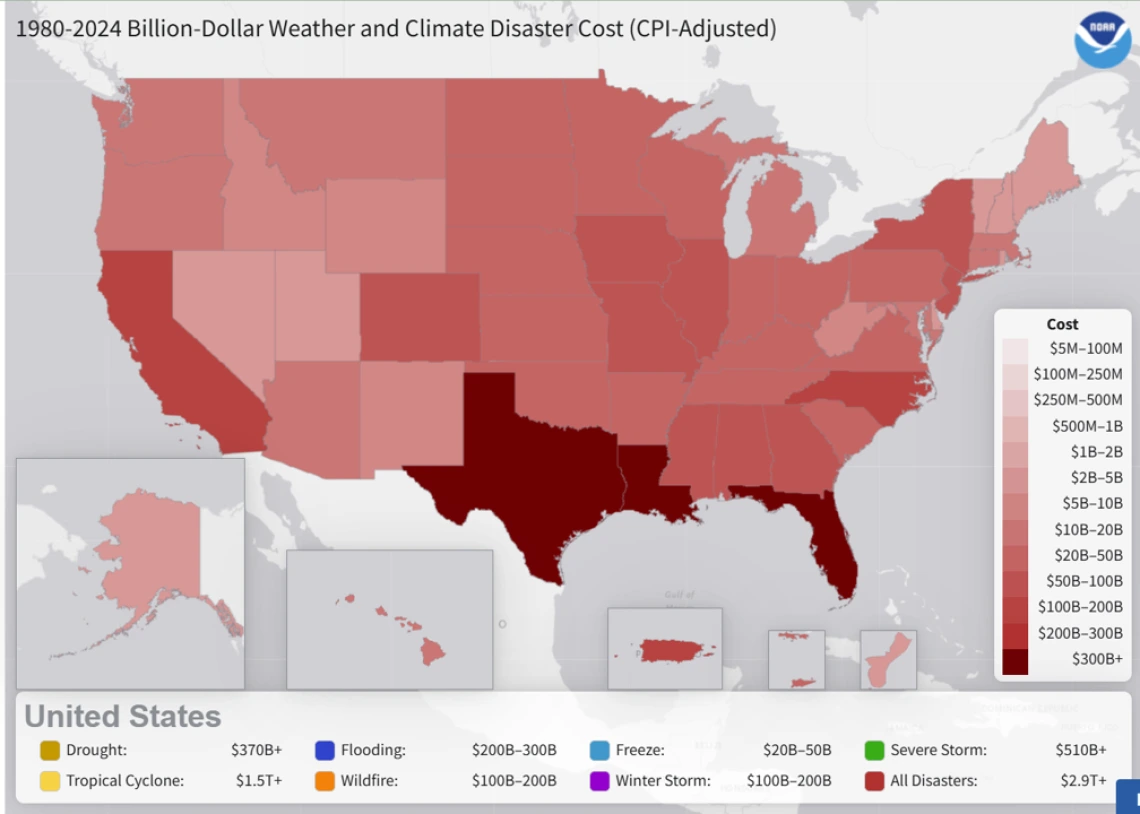Public Health Corner: December 2023

Welcome to the Public Health Corner, a new quarterly section in the Southwest Climate Outlook dedicated to exploring the intersection between climate change and public health in Arizona and New Mexico! In this section, we will dive into the various health impacts of climate change that are affecting our communities and explore strategies to mitigate and adapt to these challenges.
This quarter we focus on the impacts of El Niño on health in Arizona and New Mexico. This year we’re experiencing a strong El Niño event, which is expected to persist and strengthen through the next few months. An El Niño event is typically associated with extreme weather events such as extreme heat, drought, and flooding. For Arizona and parts of New Mexico this typically means above-average winter precipitation between October and March. While this welcome rain helps us to recharge reservoirs and aquifers, flooding can cause significant damage to infrastructure and extreme precipitation events have been associated with water-borne disease outbreaks. There is also some evidence that El Niño events exacerbate vector-borne diseases like West Nile Virus, and shifts in precipitation may lead to the emergence of new diseases. This year’s El Niño likely played a role in the extreme heat experienced in the Southwest and around the globe this summer leading to heat-related illnesses and death.
CLIMAS researchers are working on the complex interactions of environmental phenomena like drought, heat, and flooding and their effects on community health and resilience. While we typically think of heat or drought as its independent processes, they are complex and interact. For example, future heat wave predictions are not just for increased temperature, rather increased heat with higher humidity, and drought is not an absence of rain, rather prolonged lower than usual precipitation with future predictions including a combination of decreasing precipitation and increasing temperatures. Further, these climate processes have complex downstream health impacts: for example the recent Lancet Countdown projects not only increased heat-related deaths (370% increase expected) but also economic effects (50% labor loss) and food security (an additional 524.9 million people to experience moderate to severe food insecurity). As communities prepare for climate sensitive health hazards, it is important to recognize that these health effects will land on already overburdened health infrastructure. CLIMAS researchers are working to support health infrastructure through training and a new initiative to investigate multiple hazards. in the words of the Lancet Countdown: “Health-centered climate action is essential today, and could render immediate health benefits.”
Join us next quarter in the Public Health Corner as we explore the health impacts of climate change in Arizona and New Mexico, and discover ways we can all work together to create a healthier and more resilient future.
ArcGIS maps to use:
NOAA NCEI: 1980-2024 Billion-Dollar Weather and Climate Disaster Cost (CPI-Adjusted)

